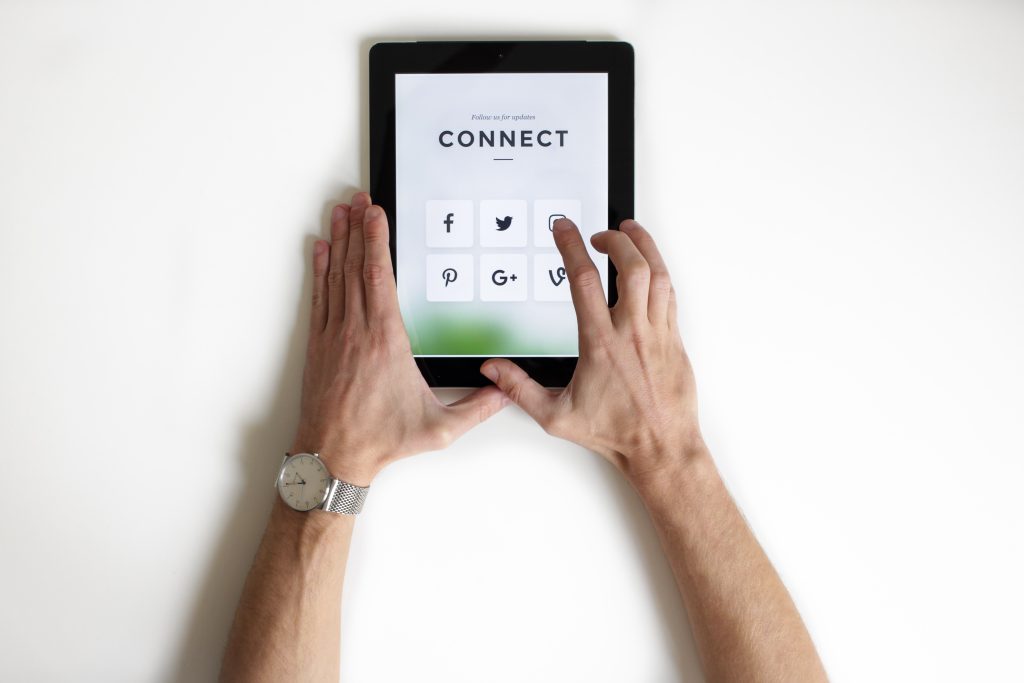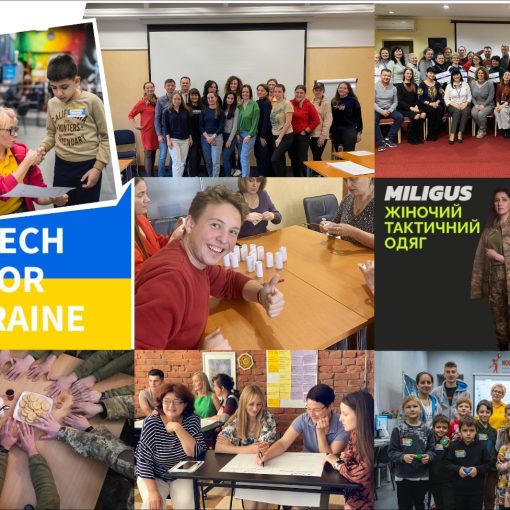
The topic of media literacy has received a lot of attention in recent years. It is clear why: media space is constantly expanding. For a long time, the term “media” has meant not only printed publications or television, but also dozens of different formats, in which information exists on the Internet.
Today, media space is practically a media universe. This includes above-mentioned print media and TV, as well as radio, online publications, social networks, blogs, videos, audio, photos, graphics, postcards, posters and much more. Information in various forms surrounds us all the time, in ever-increasing volumes. What is important – we receive it chaotically and not always consciously.
The ability to organize and analyze information flows is extremely important for everyone – EVERYONE! Without this skill, one might easily come to wrong conclusions and make wrong decisions based on them; one can become a victim of misinformation and propaganda, believe lies, and miss important messages.
After the full-scale Russian invasion of Ukraine on February 24, 2022, it became especially clear that being media literate nowadays is not just important, but vital! Information is now also a weapon, and a very powerful one. One has to be able to use it as well as to be able to counteract it. This is all about media literacy.
***
CLASSICAL DEFINITION OF MEDIA LITERACY
When reading different definitions of the term “media literacy”, we see that they are quite similar. The classic version proposed by modern American media experts Cindy Scheibe and Faiz Rogow in the manual for teachers “Media Literacy” is as follows: “Media literacy is the level of media culture achieved by media education, the ability to use information and communication techniques, to express oneself and communicate using media means , to consciously perceive and critically interpret information, to separate reality from its virtual simulation – to understand reality constructed by media sources.”
Also, if we simplify a little, we will say that media literacy is knowledge and skills which make it possible to understand, analyze and critically evaluate information received from various sources.
***
KEY MEDIA COMPETENCES
What should a media literate person know/be able to do/understand? Let’s figure out which competencies are key ones.
Let’s turn to the achievements of the Netherlands based organization, Mediawijzer.net, which specializes in media literacy and has been studying this issue. They have created a model of media literacy competencies. What is important is that this model is not preserved: it is expected that adjustments will be made to it constantly in accordance with the changes in the media sphere. It was created in the 2010s and has not lost its relevance since.
You can read the detailed original description of this model here.
There are four levels of media literacy, each of which is logically created based on the previous one:
● Understanding how media works – a person is aware of how media works and how it influences society.
● Using media – a person orients himself (herself) in the media space and understands how to use a certain media resource.
● Interaction through media – a person creates content by himself (herself), knows how to search and analyze information.
● Effective use of media – a person knows how to convey his or her opinion through the media, to influence others and understands the influence of the media on himself (herself).
Based on these levels, there are 10 key competencies of a media literate person.
1. Understanding the increasing influence of mass media on society.
This, in fact, is where media literacy begins. It is important to understand how serious and significant this impact is.
2. Understanding how mass media is built.
Most of the content reaches a consumer in the “ready-made form” – an article, a report, a YouTube video, a podcast, etc. A media literate person understands how information takes its form: why specific format is chosen and how it ultimately affects perception of the message.
3. Understanding how media colors reality.
Every mass media or blogger broadcast information from a certain position. One should always remember this and separate bare facts from the communicator’s subjectivity.
4. Use of hardware and software.
Being media literate means being able to use various technical means of creating and processing information. It also includes understanding how to protect your data in the media space and how to make smart use of the modern technical advances.
5. Orientation in media environment.
What, where, how to find? Is this or that search path effective? Where are reliable sources and what information should be neglected? This is all about navigating the media seas.
6. Information search and processing.
A person with an adequate level of media literacy knows where to find the data he (she) needs as well as knows how to analyze information received and to draw adequate conclusions from what he (she) has heard/seen/read.
7. Content creation.
To be media literate is to be able to use media to create messages. This means understanding how different visual and semantic formats are used.
8. Use of social networks.
Not everyone understands this yet, but one has to know how to use social networks. Each social network has certain rules of conduct, whether spoken or unspoken, and the user must accept and follow them if he (she) wants to be heard and respected.
9. Understanding how to use media.
A media literate person reflects on how he (she) uses media and information in his (her) everyday life. Based on such considerations, the user comes to the realization of what makes his (her) life better, and what, on the contrary, interferes.
10. Achieving goals with the help of mass media.
Being media literate means knowing how to achieve one’s goals through media and how to use that knowledge effectively in one’s professional and personal life.
***
Forming media literacy skills is very important, and this work should probably begin at the kindergarten level, since today even preschoolers actively interact with various media resources.
Author: Iuliia Panchenko
Illustration: NordWood Themes, Unsplash, Open Source




